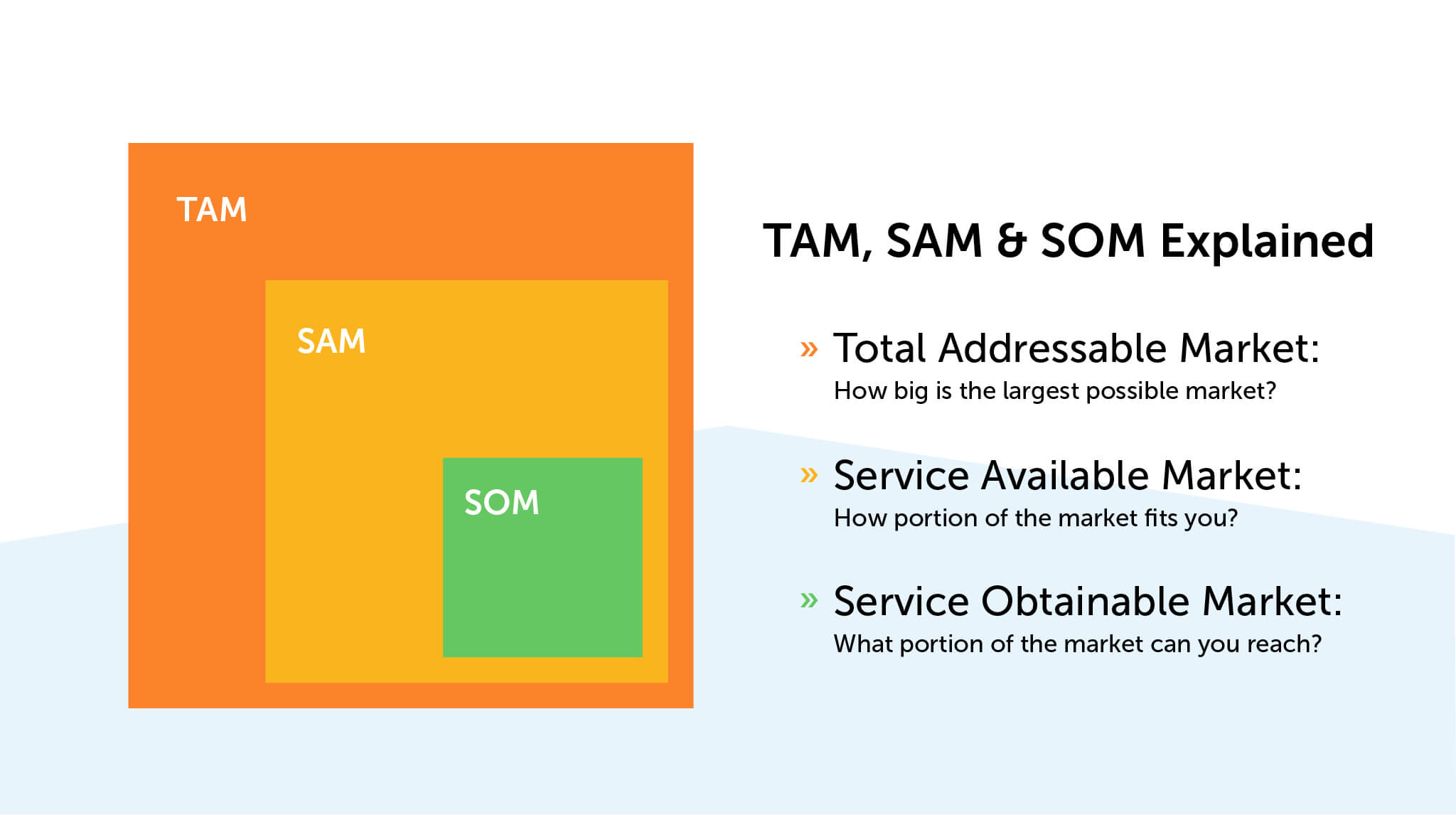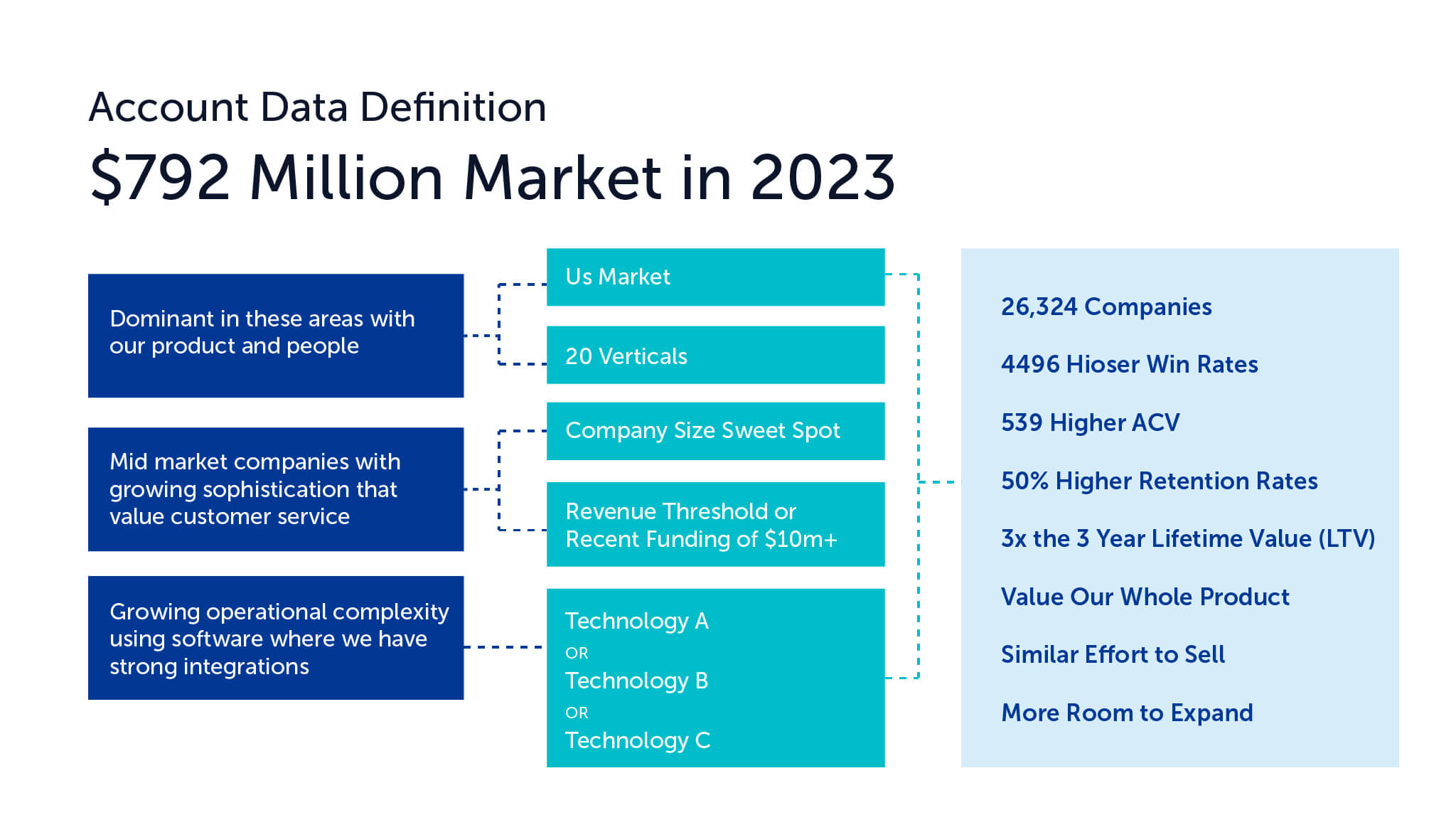I understand better than most how crucial lead quality is for driving successful B2B marketing campaigns. But here’s the thing—many companies assume they have a clear definition of lead quality when in reality, they lack the necessary level of detail for effective targeting.
In this blog, I want to stress the significance of starting with a clear, quantifiable definition of lead quality and how to score those leads effectively. Drawing from my experience, I’ll share some insights on establishing this foundation correctly and the impact it can have on your sales and marketing efforts.
Understanding the Importance of a Defined Quality Lead:
Before we dive into the process of defining lead quality, let’s take a moment to evaluate whether your current definition truly captures what makes a lead high-quality.
It’s not uncommon for companies to realize their definitions fall short when they scrutinize them more closely. By addressing this issue head-on, you can take the first step toward resolving the problem.
Examining TAM, SAM, and SOM:
One helpful framework to consider when defining lead quality is the concept of Total Addressable Market (TAM), Serviceable Addressable Market (SAM), and Service Obtainable Market (SOM).
TAM represents the entire market you could target if you had unlimited resources. SAM narrows down the focus to the portion of the market where your product meets customer needs. Lastly, SOM represents the most realistic and precise view of quality leads—those you can effectively engage with, given your available resources.

Understanding Your Ideal Customer Profile (ICP):
Besides the account-level view, it’s crucial to consider the definition of lead quality at the title/contact level. Decision-makers, influencers, and users are the primary levels to consider. Decision-makers represent the ultimate signatories, influencers possess the power to influence decision-makers, and users are the individuals who will engage with your product or service.
Evaluating each level helps identify the most impactful leads and ensures you comprehensively understand your target audience.

SalesIntel’s Quality Lead Definition:
Here at SalesIntel, we have a clear and quantifiable definition of quality leads that serves as our guiding principle. Our definition encompasses 26,324 companies that perfectly align with our target criteria.
By focusing on these high-quality leads, we’ve experienced significant improvements in key performance indicators. Our win rates have increased by over 40%, average contract values (ACVs) have risen by more than 50%, retention rates are up by 50%, and three-year customer lifetime value (LTV) has tripled. Talk about tangible benefits!

But why does this matter?
A clear, quantifiable definition of lead quality is fundamental to a successful B2B marketing strategy. You can optimize your sales and marketing outcomes by understanding different levels of market reach, defining your ideal customer profile, and aligning your efforts with a focused set of high-quality leads. Consider demographic and firmographic attributes such as industry, company size, job title, and revenue.
By aligning your marketing efforts with this definition, you can ensure that your lead generation strategies are laser-focused on attracting prospects who are most likely to convert.
The investment of time and effort in refining your lead quality definition will pay off in higher win rates, increased ACVs, improved customer retention, and a higher customer LTV. Embrace this crucial step to unlock the true potential of your B2B lead generation efforts.
Modern Lead Scoring and How It Helps:
Lead scoring plays a vital role in B2B marketing, enabling businesses to identify and prioritize high-quality leads. In today’s rapidly evolving landscape, modern lead scoring has shifted from a reactive approach to a proactive strategy. By leveraging B2B intelligence tools like SalesIntel, companies can incorporate additional data points and enhance their lead-scoring models.
By combining explicit data (like firmographics) with implicit data (such as website engagement or intent), you can assign a lead score that reflects its quality and propensity to convert. This empowers your sales team to focus their efforts on leads with the highest scores, increasing efficiency and effectiveness.
Transitioning to Proactive Modern Lead Scoring:
Traditionally, lead scoring relied on a marketing activity-only model, where businesses waited for prospects to engage before taking action. However, modern lead scoring emphasizes a proactive approach, where businesses actively identify and engage with potential leads. This shift enables companies to seize opportunities and capitalize on intent signals to drive conversions.
Account Fit Score:
A key component of modern lead scoring is the inclusion of an account fit score. This score aligns with the ICP definition and incorporates firmographic and technographic criteria to determine lead quality. While some leads may be an excellent fit for certain aspects of the ICP, they may fall short in other areas. The account fit score allows businesses to differentiate and prioritize leads based on their alignment with the target criteria.
Intent Score:
Another crucial data point for lead scoring is the intent score. Intent signals from various sources indicate a prospect’s interest or intention to engage with a particular solution or service. Analyzing these signals helps businesses identify high-potential leads that may not have responded to traditional marketing activities.
Leveraging intent scores allows companies to take a proactive approach by allocating resources to engage with prospects showing intent, even if they haven’t responded to previous marketing efforts.
But why does this matter?
Modern lead scoring has evolved beyond a reactive approach, enabling businesses to engage proactively with high-quality leads. By incorporating account fit scores and intent scores, companies can prioritize their resources and target prospects with the highest potential for conversion.
Leveraging B2B intelligence tools, like SalesIntel, provides valuable data points and insights to optimize lead scoring models. Embrace these proactive lead-scoring strategies to drive better results, improve resource allocation, and increase overall conversion rates.
Starting on the Path to Success:
Enhancing lead quality is essential for any B2B organization seeking sustained growth. By starting with a clear definition, leveraging modern lead-scoring techniques, capturing intent, focusing on meaningful metrics, and fostering collaboration, you can significantly improve the quality of your leads.
Remember, the key lies in consistently refining your strategies based on data insights and aligning your marketing and sales teams to maximize the potential of your pipeline.
But this is not the be-all and end-all – there’s still so much to learn. Be sure to stick around for
my future CMO Perspectives to uncover what comes next. With these tips in mind, your B2B data-driven efforts will yield remarkable results and drive success!




